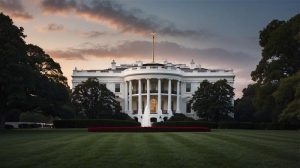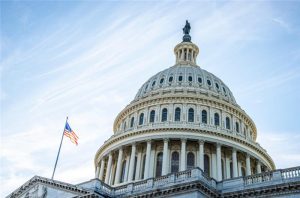2019 will be remembered as the year when major central banks staged a significant turnaround in monetary stance. The easing was precipitated by the US Federal Reserve’s (Fed) dovish pivot in January, and since then we have seen both the Fed and European Central Bank (ECB) loosening financial conditions. Indeed, 2019 has seen the largest amount of central bank easing since the 2008 financial crisis.
On the back of this, investors have begun to show signs of an acute case of FOMO (fear of missing out) and put cash to work in a way that has not been seen for many years. Some fund manager surveys show that cash levels are now at their lowest in six years.
While central banks’ accommodative monetary stances will keep animal spirits high in the short term, the implications for the medium and longer term are more sobering. Over the medium term, it will limit central banks’ ability to ‘fight’ any recessions further down the line. It will also keep fuelling wealth inequality and exacerbate the current wave of populism across the political arena.
KEY MACRO RISKS
Here are the main risks we have identified, and our view on these:
- Central banks resume hiking interest rates if they believe the growth risks have passed and inflation pressures are building (high impact, low probability).
- A re-escalation in the trade war that delivers a massive blow to global business confidence, investment spending and global supply chains (high impact, medium probability).
- Victory of a progressive Democrat, such as Senator Warren or Bernie Sanders, in US presidential elections, triggering a negative policy shift for corporate profits (medium impact, low probability).
- Other geopolitical risks, such as an escalation of Hong Kong unrest – which would trigger an aggressive China response and subsequent global sanctions on China – or actions by Iran that threaten global oil supply (medium impact, medium probability).
Click here to read the full macro




